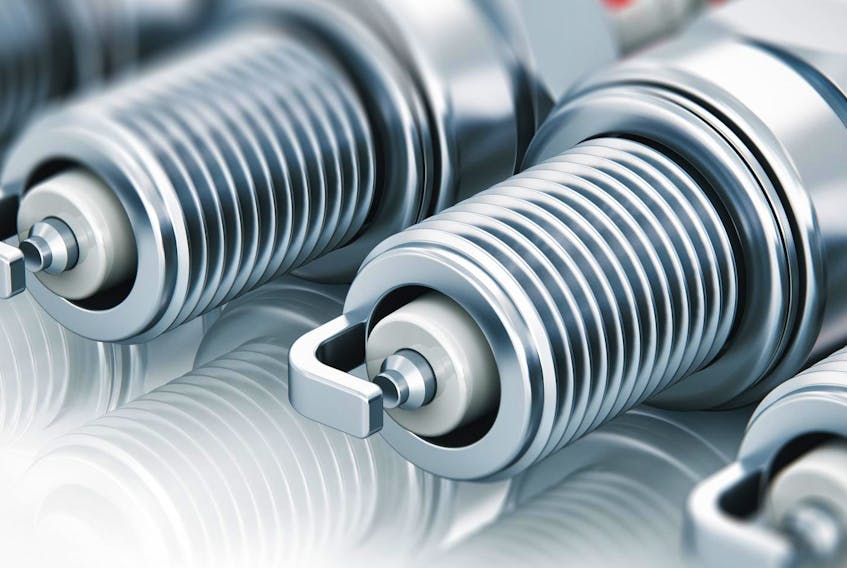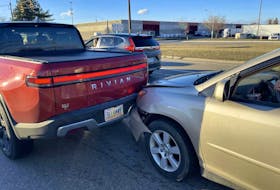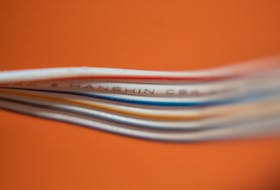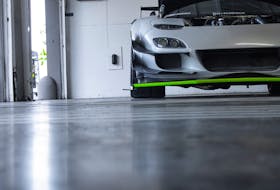Q: I own a 2008 Chevy Equinox with 94,000 km on the odometer. The engine is a 3.4-litre V6. About a year ago, I began to experience an intermittent miss in the engine. It only occurs when I accelerate
slowly from cruising speed (i.e. to climb a hill or increase speed when entering a new speed zone). If I push the accelerator into passing mode the engine does not miss. I have changed the spark plugs, new wires, new electronic control module, and a new oxygen sensor. The problem still exists. Any suggestions as to what might be causing this problem?
Brian
A: When you are driving under light loads such slow-speed acceleration while already driving, the engine controls are providing a lean air-fuel mixture to the engine. The lean air-fuel mixture is more difficult to ignite than a richer mixture, so if there are any problems with the ignition or fuel systems, they will typically show up first during light load acceleration. The engine may actually be missing slightly during steady cruise but you just don’t feel it because there are limited power demands.
Usually, the fault is with worn and misfiring spark plugs or a bad plug wire. You have already changed these, so you need to look a little deeper. It is possible to scan the engine computer and it will show misfire data that can help diagnose the problem. The computer uses the crankshaft speed/position sensor to monitor crankshaft acceleration and deceleration.
Every time a cylinder fires on a power stroke, the crankshaft accelerates slightly and then decelerates slightly on the other engine strokes. When the computer does not see the correct amount of crankshaft acceleration, it counts each as a misfire and can identify which cylinder is misfiring.
There may not be any actual misfire codes in the engine computer if the misfire doesn’t occur long enough but the computer still counts the misfires and the data can be displayed on the scanner. If the misfire is predominantly one cylinder, then you can swap spark plugs, plug wires and even coil packs to see if the problem moves to another cylinder, but I suspect the scanner will show a “general misfire” condition where all or most cylinders are misfiring occasionally.
If this occurs and the plugs and wires are good, I always look at the fuel injectors as the next possible source of the problem. During normal operation, the tips of the fuel injectors can get gummed up or have carbon deposits on them and the spray pattern isn’t correct. Gasoline has additives in it to help clean the injectors but some fuels have more detergent additives than others. You could try switching brands of gasoline and see if the problem changes after two or three tank fills but it is quicker to use an after-market injector cleaning solution that you can add to a full tank of fuel. Repair shops can also clean injectors with concentrated injector cleaner using special equipment.
I suspect the problem is with the injector spray pattern but another possible problem is with carbon deposits on the back side of the intake valves. This carbon disrupts some of the fuel and makes the engine operate leaner. The carbon can be cleaned using walnut shell blasting as a last resort but often the cleaner used to clean the injectors will also help clean carbon off the intake valves.
Q: When I looked in the garage, my 2011 Dodge Caravan had a puddle of oil beneath it. I looked in the engine compartment and there is oil in lots of places so I don’t know what is leaking. I checked oil levels and finally found the power steering fluid was low. I filled it up and started the engine but nothing seems to be leaking when the vehicle isn’t driving. After driving however, the power steering is low again. Help please.
A: The problem is most likely a leak in the power steering pressure hose between the pump and the steering gear. The hole is very small so it only leaks when pressures go higher in the system such as parallel parking or turning the steering wheel all the way one way. You can verify this by having someone turn the steering while you check for leaks. Replacing the hose should solve your problem.
Jim Kerr is a master automobile mechanic and teaches automotive technology. Send your questions for Jim to [email protected] or mail them to: Herald Wheels, 2717 Joseph Howe Drive, P.O. Box 610, Halifax, N.S. B3J 2T2









